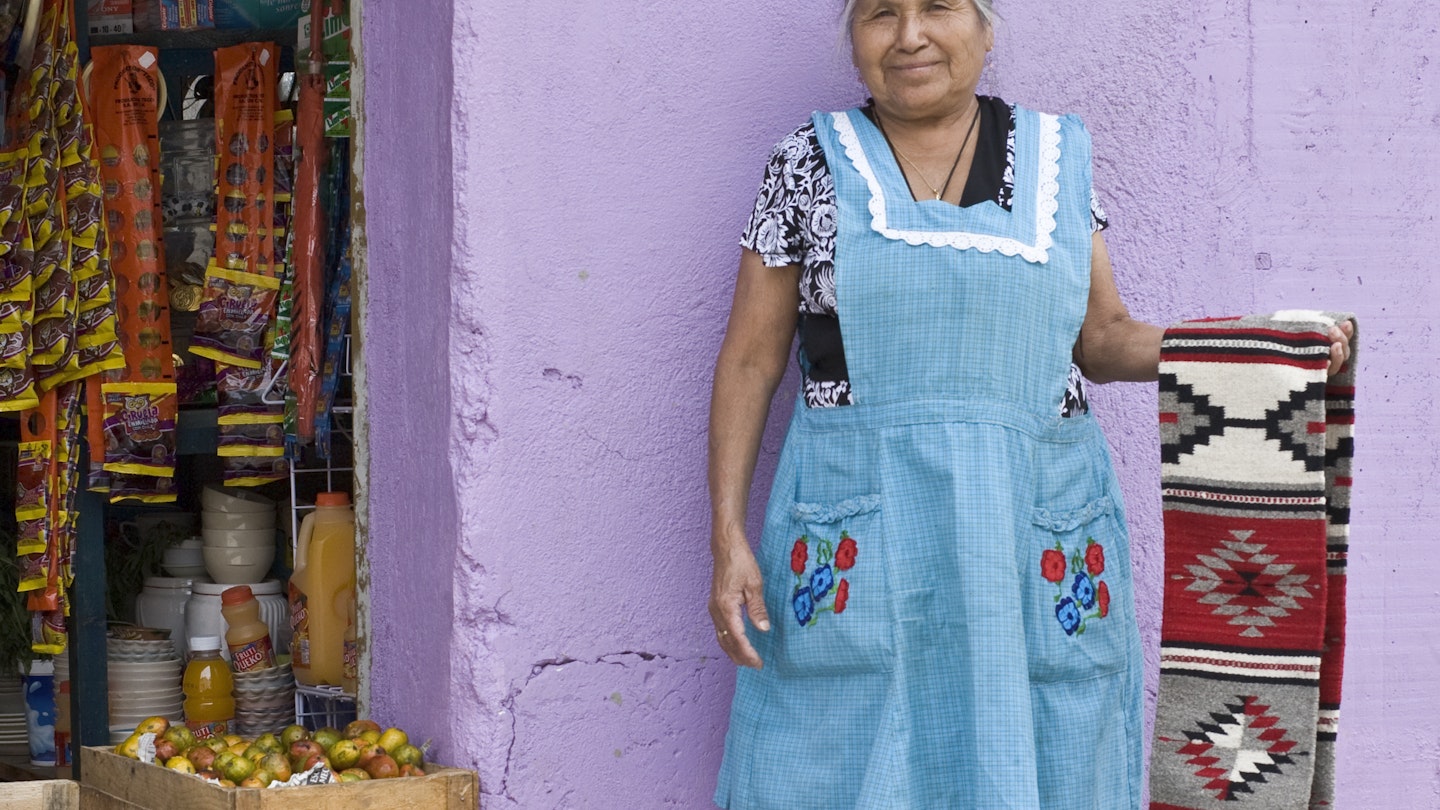Mexican Textiles: A Guide by GoTravelDaily
Mexican textiles boast a captivating history that dates back to at least 1400 BCE. In pre-Hispanic periods, various fibers, such as those from yucca, palm, maguey plants, and cotton from warm southern valleys, were commonly utilized. Following the Spanish conquest of the Aztec Empire, the introduction of new textiles like silk significantly impacted the industry, along with the use of looms.
The two prominent Mexican states renowned for their handcrafted textiles are Oaxaca and Mexico State. Oaxaca stands out for its diverse handmade textiles produced on backstrap and foot pedal looms. Additionally, the city is home to The Textile Museum, situated in the former monastery of San Pablo, showcasing an impressive collection of over 4,000 pieces.
Across Mexico State, a variety of textiles, including napkins, tablecloths, bed sheets, kitchen items, clothing, linens, rebozos, and rugs, can be found in cities like Jiquipilco, Tejupilco de Hidalgo, Temascaltepec de González, Temoaya, Valle de Bravo, Zacazonapan, Toluca, and Tenancingo.
Huipils
The term huipil originates from the Nahuatl word huīpīlli and refers to loose-fitting, tunic-style dresses typically adorned with embroidered floral and geometric designs. In Michoacán, these garments are known as guanengos.
Huipils have been a staple for Indigenous women across societal lines in Central Mexico and Central America, long before Spanish colonization. Currently, while they remain a popular garment, you may notice shorter, blouse-like variations worn by locals. Commonly made from cotton, some regions like Ocotepec and Cuquila, Oaxaca, also incorporate wool. These garments are ideal for daily wear, while more intricate variations are reserved for ceremonies.
The small village of Cuetzalan, Puebla, holds an annual Coffee and Huipil festival, inviting locals and tourists to appreciate the significance of this traditional attire. The oldest known huipil can be found in Mexico City’s National Anthropology Museum.
Rebozos
Although rebozos were introduced during the colonial period, they are now widely worn by both Indigenous and Mestizo communities. This long, rectangular shawl features fringe at both ends and draws influence from pre-Hispanic mátatl, the Spanish mantilla, and an Asian-derived garment known as repacejo. Rebozos can serve multiple purposes; they are often utilized to carry children or heavy items, and can also be styled as scarves or cover-ups. Their designs are usually vibrant, woven with various colors.
The central regions of Mexico, particularly Michoacan, have played a significant role in rebozo production since colonial times, with Tenancingo being a notable hub for handcrafted rebozos.
Fajillas
If you seek a delightful accessory to enhance your outfit, consider fajillas. These thin cloth belts are often embroidered with zig-zag borders and other regional patterns. For instance, the Indigenous Otomis group commonly features a moon motif on their fajilla belts, while the Tarahumara of Chihuahua enhance theirs with triangular designs.
Serapes
The serape (also spelled sarape or jorongo) is a fringed shawl frequently worn by men. Recently, some have been designed with a central hole or hood, resembling poncho styles. Typically draping to the knees, the color and design patterns vary depending on the natural color of the local sheep or wool fabric. This textile originated from the south-central region near Chiautempan and Contla, Tlaxcala, before expanding north during the Colonial period. Saltillo, in the northeastern part of Mexico, is renowned for developing modern sarape styles, characterized by dark base colors adorned with vibrant bands of yellow, orange, red, blue, green, purple, and other striking shades.
Zapotec Rugs
Zapotec rugs, a traditional textile of Oaxaca, can be found in Teotitlán del Valle, where the weaving practice has deep historical roots. Most Zapotec rugs are crafted on foot-pedal looms using wool dyed with natural materials such as indigo, limes, and cochineal bugs, creating a spectrum of colors from purple to yellow and beyond. Visit Teotitlán del Valle to interact with artisans in their workshops, where you can witness the weaving process on expansive looms. Many rugs illustrate pre-Hispanic deities and animals.





